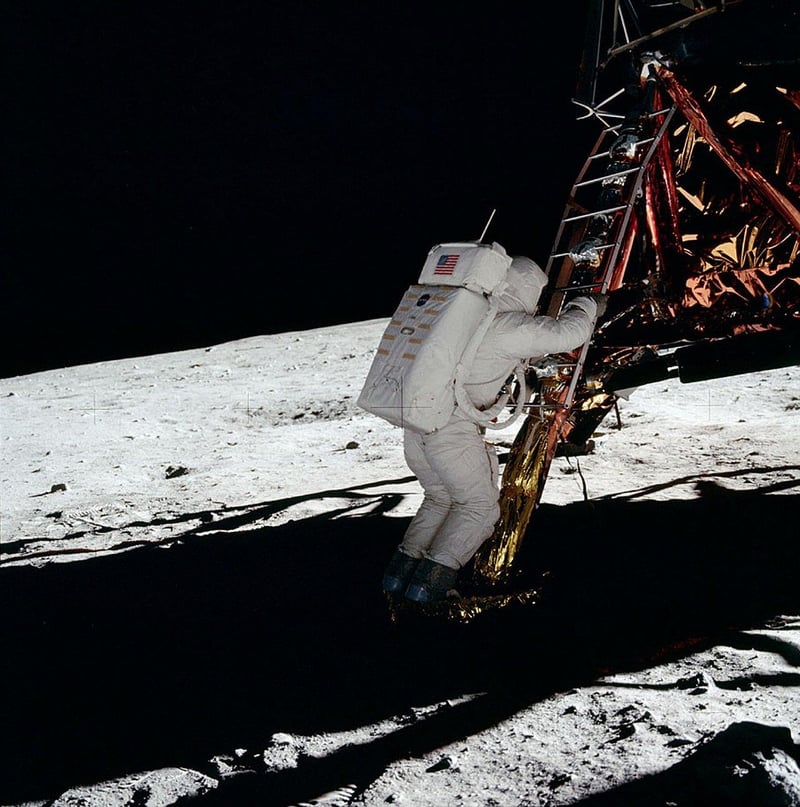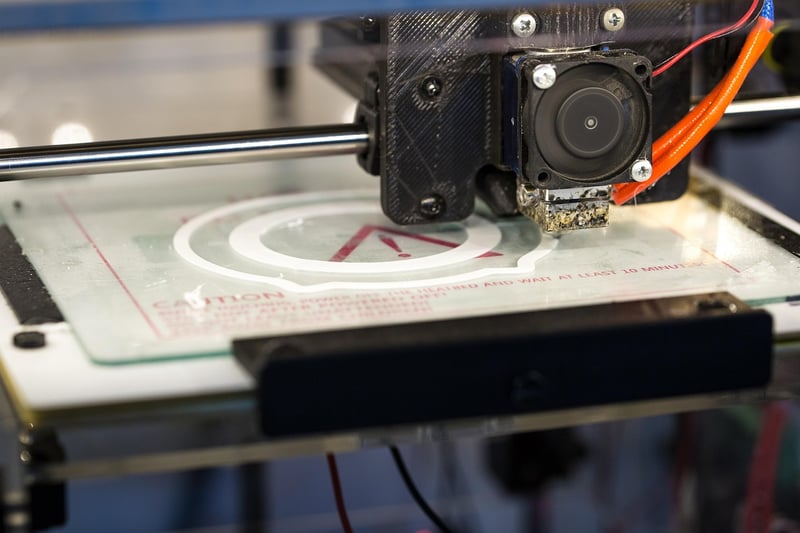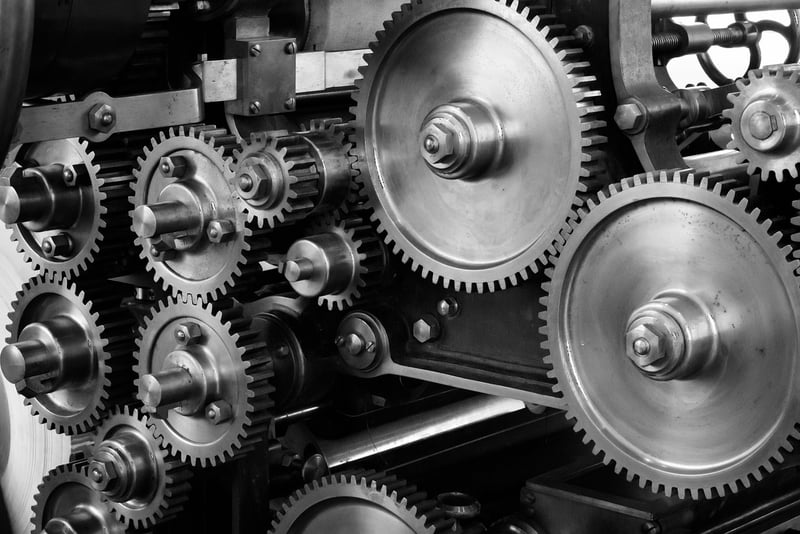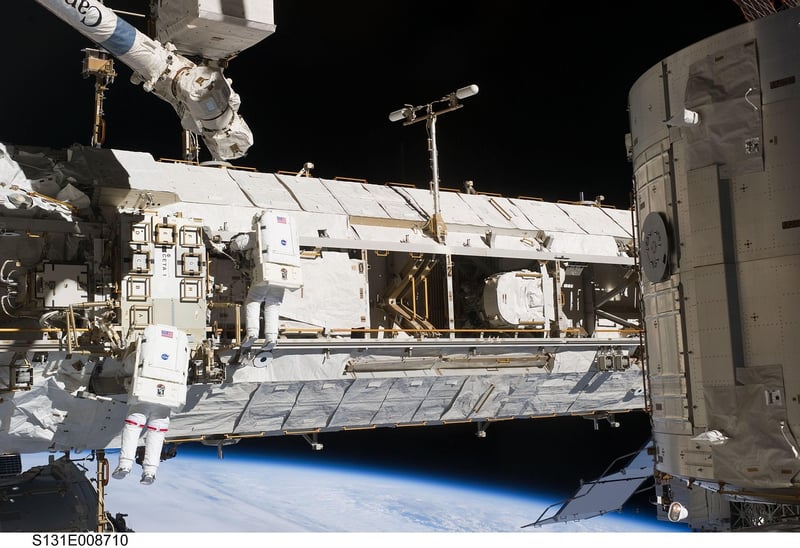Spacecraft Design
The Future of Space Exploration: Innovations in Spacecraft Design
Space exploration has always been at the forefront of technological advancement, pushing the boundaries of what is possible for humankind. In recent years, there have been remarkable innovations in spacecraft design that have revolutionized how we explore the vast expanse of space. Let's delve into some of these groundbreaking developments shaping the future of space exploration.
1. Electric Propulsion Systems
One of the most significant advancements in spacecraft design is the development of electric propulsion systems. These systems use electric power to accelerate propellant particles, providing greater efficiency and longer operational lifetimes compared to traditional chemical rockets. Electric propulsion is ideal for deep space missions, allowing spacecraft to travel further with less propellant, making it a game-changer for exploring the outer reaches of our solar system.

2. Additive Manufacturing
Additive manufacturing, also known as 3D printing, has revolutionized spacecraft design by enabling the creation of complex geometries and lightweight structures that were previously impossible with traditional manufacturing techniques. 3D printing allows for rapid prototyping and customization, reducing production costs and lead times. This innovation has led to the development of lighter and more efficient spacecraft components, making missions more cost-effective and reliable.

3. Autonomous Systems
Autonomous systems play a crucial role in spacecraft design, enabling spacecraft to operate independently without human intervention. These systems utilize artificial intelligence and machine learning algorithms to make real-time decisions, navigate complex environments, and perform tasks with precision. Autonomous systems are essential for unmanned missions to distant planets and moons, where communication delays make direct human control impractical.

4. Inflatable Habitats
Inflatable habitats offer a lightweight and compact solution for creating living and working spaces in space. These habitats can be easily transported and expanded once in orbit, providing astronauts with more room to move and conduct experiments. Inflatable habitats are being considered for long-duration missions to Mars and beyond, offering a comfortable and safe environment for astronauts during their journey through deep space.

With these remarkable innovations in spacecraft design, the future of space exploration is brighter than ever. From electric propulsion systems to autonomous systems, each advancement brings us closer to unlocking the mysteries of the cosmos and expanding humanity's presence beyond Earth.
Are you excited about the future of space exploration? Share your thoughts and stay tuned for more updates on the latest innovations in spacecraft design!
